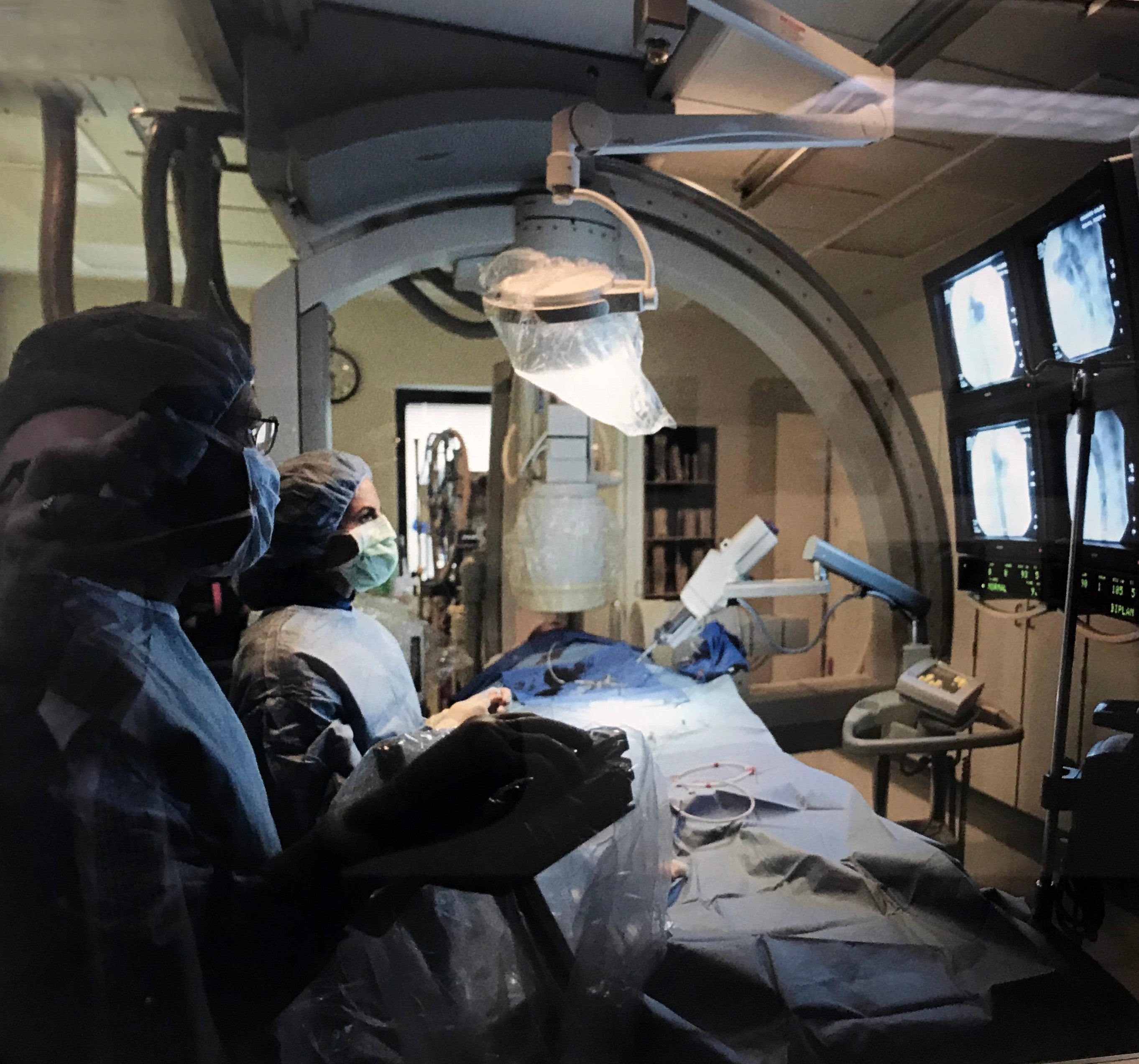Becoming proficient in cardiac ablation as an X-ray technologist involves a focused journey in interventional radiography. If you’re an X-ray tech considering specializing in cardiac ablation procedures, understanding the time commitment is crucial. This article breaks down the steps and estimated timeframe to help you navigate this rewarding career path within cardiac interventional radiography.
Cardiac ablation is a minimally invasive procedure used to treat heart rhythm problems. As a cardiac interventional radiographer, you’ll play a vital role assisting physicians. This involves using sophisticated imaging equipment to guide procedures like cardiac ablation, alongside other interventions such as angioplasty and stenting. This specialized field requires advanced skills and knowledge beyond general radiography.
Prerequisites and Foundational Skills
Before specializing in cardiac ablation and other cardiac interventional procedures, you must first establish a strong foundation as an X-ray technologist. Typically, this begins with completing an accredited radiography program, which usually takes two to four years depending on whether you pursue an associate’s or bachelor’s degree. Upon graduation, the next crucial step is obtaining your primary certification and registration in Radiography from the American Registry of Radiologic Technologists (ARRT).
This initial phase provides you with the fundamental knowledge of radiation safety, patient positioning, and image acquisition techniques that are essential building blocks for more specialized areas like cardiac interventional radiography. Think of this as laying the groundwork before you can specialize.
Transitioning to Cardiac Interventional Radiography
The path to specializing in cardiac ablation falls under the broader field of Cardiac Interventional Radiography. To formally become certified in this postprimary discipline by the ARRT, you need to meet specific eligibility requirements. A key requirement is already holding ARRT certification in a recognized supporting discipline, most commonly Radiography.
The timeline to transition into cardiac interventional radiography and subsequently learn cardiac ablation is not solely about coursework. It’s a combination of structured education, clinical experience, and examination preparation.
Structured Education and Clinical Experience
The ARRT mandates structured education and clinical experience components for Cardiac Interventional Radiography certification. The structured education ensures you gain specific knowledge related to cardiac procedures, equipment, and patient care in this specialized setting. The time to complete this education can vary depending on the program and your learning pace, but it’s generally integrated into a period of several months to a year.
Clinical experience is where you apply your knowledge in a real-world setting. You’ll need to complete a defined number of clinical procedures in Cardiac Interventional Radiography. The ARRT specifies the types and quantities of procedures required to ensure you have hands-on experience. Accumulating these clinical hours can also take several months to a year, depending on your access to clinical sites and the frequency of procedures. Crucially, experience assisting with cardiac ablation procedures will be part of this clinical training.
To get a detailed understanding of the specific requirements, reviewing the ARRT documents is essential. These documents outline the necessary clinical experience and structured education.
Examination and Certification
After fulfilling the structured education and clinical experience requirements, the final step is passing the ARRT Cardiac Interventional Radiography examination. The preparation time for the exam will depend on your study habits and familiarity with the exam content specifications. Dedicated study can take several weeks to months.
Upon successfully passing the exam, you will earn your ARRT certification and registration in Cardiac Interventional Radiography. This certification officially recognizes your competence to work in this specialty, including assisting with cardiac ablation procedures.
Estimating the Total Time
So, to directly answer “How Long For An Xray Tech To Learn Cardiac Ablation,” we need to consider the entire process:
- Radiography Program & Initial Certification: 2-4 years
- Structured Education in CI: Several months to 1 year
- Clinical Experience in CI (including ablation): Several months to 1 year
- Exam Preparation: Several weeks to months
Therefore, from starting as a new X-ray tech to becoming certified in Cardiac Interventional Radiography and proficient in assisting with cardiac ablation, you’re looking at a total timeframe of approximately 3 to 6 years.
This is an estimated range, and the actual time can vary based on individual learning speed, program structures, and access to clinical opportunities.
Continuous Learning in Cardiac Ablation
Even after certification, learning in cardiac ablation is ongoing. The field of interventional cardiology is constantly evolving with new technologies and techniques. Continuing education and professional development are vital to staying at the forefront of this specialty and enhancing your skills in cardiac ablation and other advanced procedures.
Conclusion
Becoming proficient in cardiac ablation as an X-ray tech is a significant but achievable career goal. It requires dedication, structured training, and hands-on experience. While the journey takes several years, specializing in Cardiac Interventional Radiography offers a rewarding and challenging career working at the cutting edge of medical technology and patient care. If you’re interested in taking the next step, explore the resources provided by the ARRT and connect with experienced professionals in the field to learn more about this exciting specialization.
For further information on eligibility requirements, structured education, and clinical experience, refer to the ARRT resources and do not hesitate to contact them directly for personalized guidance.
